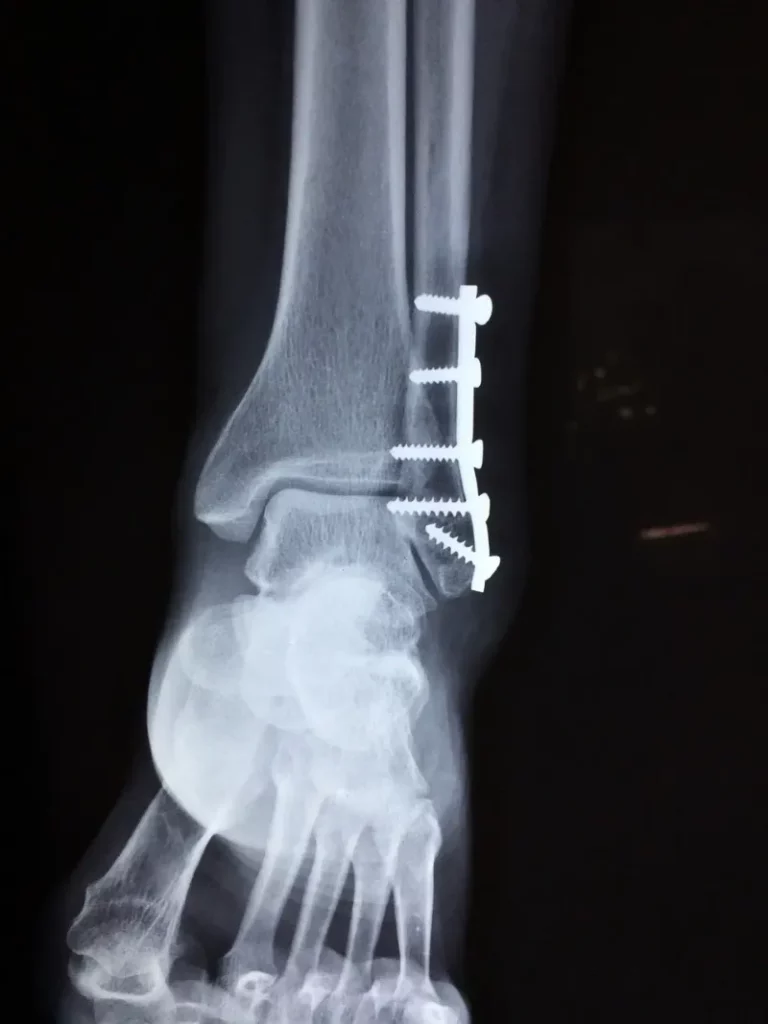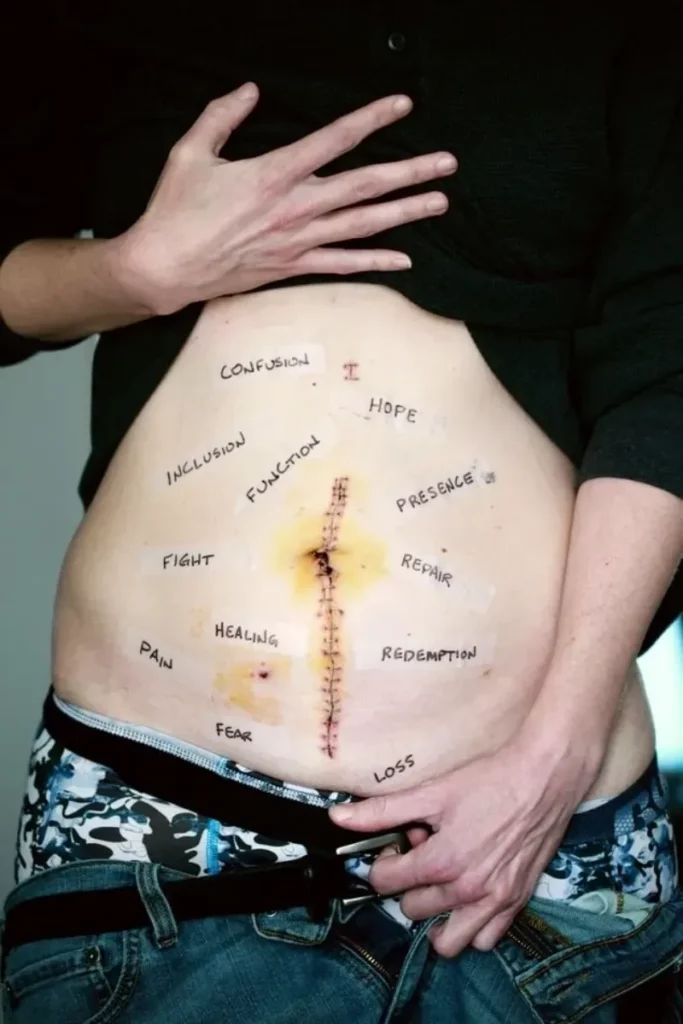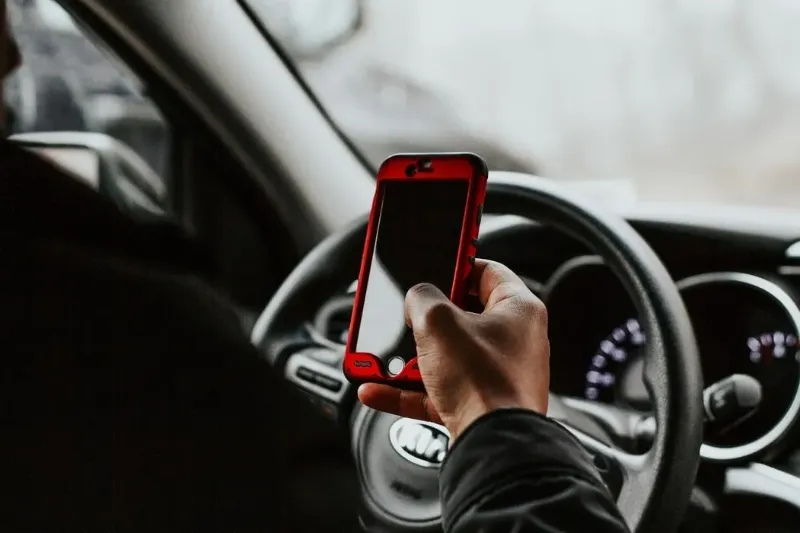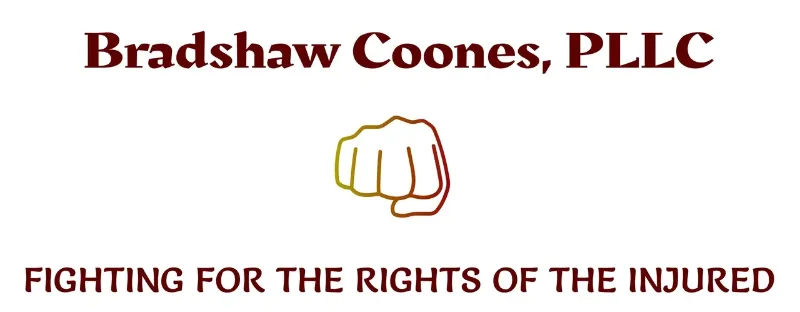When you are dealing with a personal injury claim, why are damages a concern?
To recover in a personal injury claim, you must prove four (4) elements:
- Duty
- Breach of Duty
- Proximate Cause
- Damages.
Damages are basically what you lost or how you suffered because a duty was breached (an accident occurred, and it was someone else’s fault). Damages are physical, mental, and emotional. Effective presentation of damages helps the adjuster, and jury, understand how your life was affected, due to the negligence of another, and ultimately, helps them put a value on your claim or dollar amounts in your verdict, for each type of damage suffered.
1. Types of Damages

Following is a list of damages, directly from the Texas Pattern Jury Charge, for negligence, with a definition of each type of damage.
a. Physical pain and mental anguish in the past
Physical pain and mental anguish flow from the injuries that you suffered in the accident. Physical pain occurs when you have to move the injured part of your body and that movement causes pain. In some rare instances, injuries from accidents cause constant pain, requiring no movement or change in body position. Mental anguish is the mental and emotional trauma that you go through because of the pain, caused by the accident. Our bodies are equipped to handle only so much pain and as the pain level exceeds the amount of pain we can tolerate, then our mind and emotions are affected.
b. Physical pain and mental anguish, that in reasonable probability, you will suffer in the future
These damages are awarded when there is evidence that you will, in reasonable probability, have pain and mental anguish in the future, because of your injuries from the accident.
c. Medical expenses in the past
These are the expenses from the doctors and providers that you treated with for the injuries from your accident, and your medical bills. One thing I did not realize until I started working as a legal assistant (decades ago), is that when you go to the emergency room, you typically have three (3) bills, one from the hospital, one from the emergency room doctor, and one from the radiology service, that read your x-rays, from the hospital. If you get any other treatment, after the emergency room, or do not go to the emergency room, but get treatment for injuries from the accident, those are medical expenses in the past as well. One expense that people tend to overlook, and, in some instances, it is a significant medical expense, is prescriptions filled, for treatment of injuries from the accident.
d. Medical expenses that, in reasonable probability, you will suffer in the future
Future medical expenses are expenses that a medical expert will testify or confirm in writing, that you will need in the future, due to injuries you sustained in the accident.
e. Physical impairment in the past
According to study.com, physical impairment occurs when a person “has a limited capacity to complete physical tasks, coordinate movements, and perform basic life functions.” This means that you cannot do basic daily life activities, after the wreck, that you did before or you can do the activities, but they cause increased pain. One example would be, that before the accident, you LOVED to go to Zumba, not only for the health benefits, but also for the socialization and emotional connection; it was just fun. After the accident, you tried to go to Zumba, one time, and it just caused SEVERE physical pain and only reminded you of how isolated you had become, since your accident.
f. Physical impairment that, in reasonable probability, you will suffer in the future
These damages are awarded when there is evidence that you will, in reasonable probability, have physical impairment in the future, because of your injuries from the accident.
g. Lost earning capacity in the past
This is lost wages. Lost wages occur when you miss time from work, due to the injuries that were caused by the accident; the time missed must be supported by written, off-work orders, from your doctor. This could also include lost opportunities for income or lost jobs.
h. Lost earning capacity that, in reasonable probability, you will suffer in the future
These damages are awarded when there is evidence that you will, in reasonable probability, have lost earning capacity in the future, because of your injuries from the accident.
i. Scarring and disfigurement
These damages are awarded when the accident left you scarred or disfigured. Besides scarring, this could include lost fingers or toes, lost arms or legs, or other physical changes that leave you disfigured (physically different than you were before the accident).
2. What kind of evidence do I need to prove my past damages?

The best evidence for past damages is physical documentation. For medical expenses, it would be medical bills. For physical injuries and scarring, it would be photographs, x-ray images, and medical records. For lost wages, it would be a completed wage loss verification, from your employer, along with written, off work orders from your doctor. For physical impairment, video evidence would be great for an adjuster (and ultimately a jury) to see how you were affected, after the accident.
3. What kind of evidence do I need to prove my future damages?

For future medical expenses, you need a report or testimony of a medical expert, confirming that you will have future medical expenses and an estimate as to what those expenses will be. Depending on the severity of your injuries and impairment, it may be beneficial to have a life-care planner report your future loss of income, especially if you do not have a set, anticipated recovery date. If you do have a set anticipated recovery date, your employer could complete a future wage loss verification.
4. What kind of evidence do I need to prove pain and suffering?

Evidence of pain and suffering should be documented in your medical records and you can give your testimony as to how you were affected. People in your life, like your family, friends, co-workers, church family, etc., can also testify or give statements about your pain and suffering. People who care for us can sometimes see changes that we do not even recognize ourselves.
5. What are exemplary damages?

According to the legal dictionary at Law.com, exemplary damages, also called punitive damages, are damages requested in a lawsuit “when the defendant’s willful acts were malicious, violent, oppressive, fraudulent, wanton, or grossly reckless.” Some examples of personal injury accidents that could lead to exemplary damages include, driving while texting, drunk driving, and drowsy driving.
After proof of negligence, proving damages is one of the most important jobs of the injured party, or their personal injury attorney. These damages are the evidence that the adjuster, and jury, need to put a dollar value on the claim. The injured party needs to do an EXCELLENT job of documenting their damages, so they can get the settlement or verdict they deserve.

Stay Safe!

